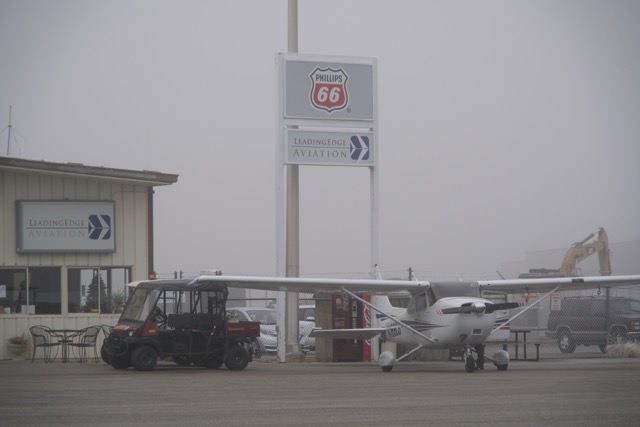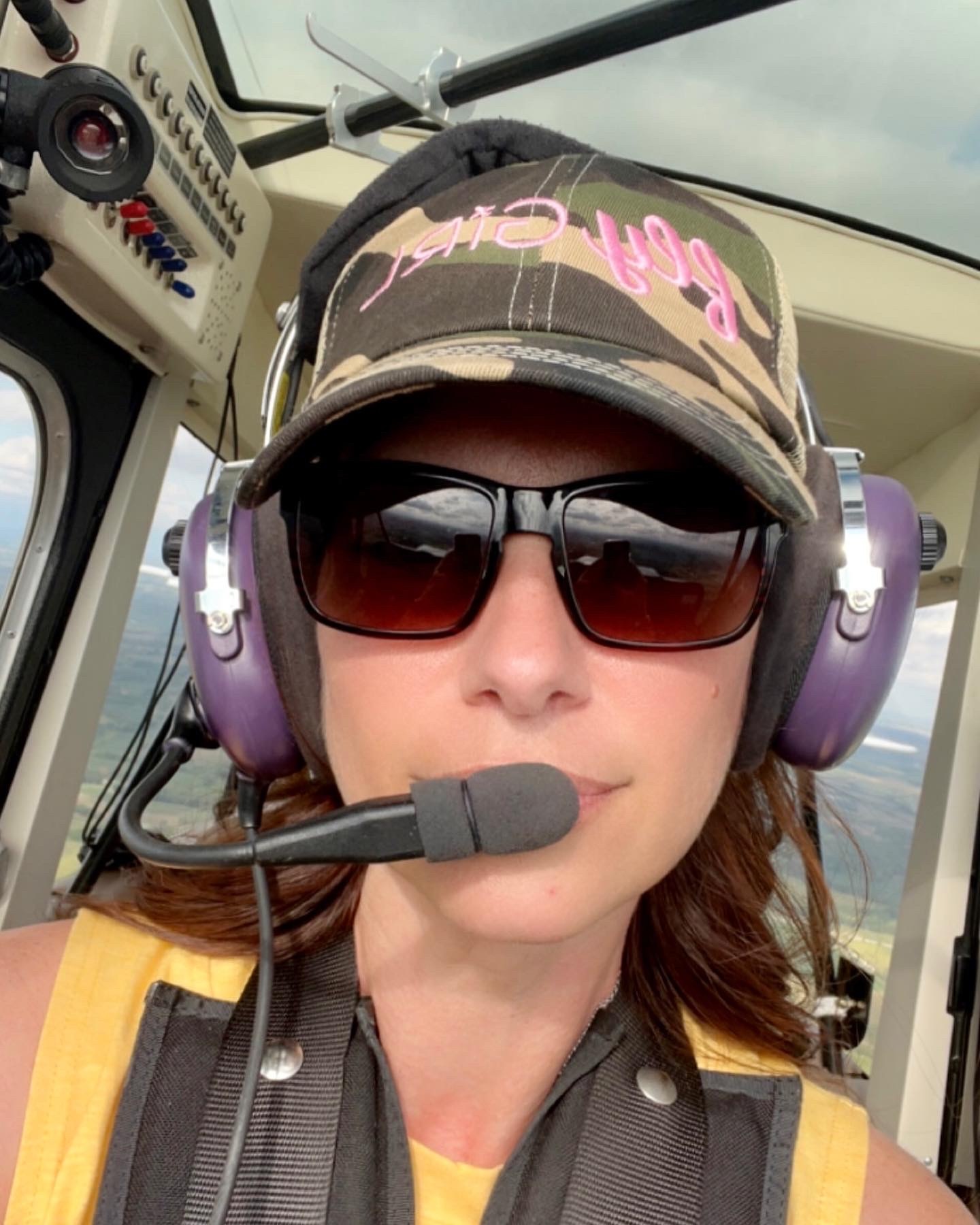
Aviation gasoline, commonly known as avgas, is a type of fuel that is used to power piston-engine aircraft. It is a high-octane fuel that is specially formulated to meet the requirements of aircraft engines. One of the most common types of avgas is 100LL, which stands for “100 low lead.” In this article, we will explore two common questions about 100LL avgas: how much it weighs and what color it is.
How much does 100LL weigh?
The weight of 100LL avgas depends on several factors, including temperature, pressure, and altitude. At standard temperature and pressure (STP), which is 15°C (59°F) and 1 atmosphere of pressure, 100LL avgas weighs approximately 6.02 pounds per gallon (0.72 kg/L). However, the weight of 100LL avgas can vary depending on the conditions in which it is stored and used.
For example, at higher temperatures, avgas expands and becomes less dense, which means that a gallon of avgas will weigh less. Conversely, at lower temperatures, avgas will contract and becomes denser, which means that a gallon of avgas will weigh more. Similarly, at higher altitudes, the pressure is lower, which can cause avgas to expand and become less dense. This is why pilots must make adjustments to their fuel calculations based on the altitude at which they will be flying.
In any case, the weight of 100LL avgas is an essential consideration for pilots when calculating their aircraft’s weight and balance. The weight of the fuel affects the overall weight of the aircraft. Which in turn affects its performance and handling characteristics. So, it’s not just a matter of making sure there’s enough fuel in the tank, although very essential. It’s a matter of making sure the fuel is distributed properly throughout the aircraft to ensure safe and efficient flight.

What color is 100LL avgas?
100LL avgas is typically dyed blue to distinguish it from other types of fuel, such as diesel and kerosene. The blue dye is added to the fuel during the manufacturing process. It is designed to be easily identifiable by pilots and ground crews. The blue color of 100LL avgas also serves as a safety feature. It makes it easy to spot any leaks or spills that may occur during fueling or maintenance operations.
It’s important to note that while 100LL avgas is typically blue in color, this may not always be the case. In some cases, the dye may fade or be removed due to exposure to sunlight or other environmental factors. This is why it’s important for pilots and ground crews to always verify the type of fuel being used before adding it to an aircraft.

In conclusion, 100LL avgas is a high-octane fuel that is commonly used to power piston-engine aircraft. Its weight can vary depending on the conditions in which it is stored and used. At standard temperature and pressure, it weighs approximately 6.02 pounds per gallon. 100LL avgas is typically dyed blue to distinguish it from other types of fuel. This makes it easy to spot any leaks or spills. However, it’s important to always verify the type of fuel being used before adding it to an aircraft to ensure the safety of all involved.
Interestingly enough, some pilots really enjoy the smell of 100LL to start their day. (Nothing beats the smell of 100LL in the morning.) There are even candles that mimic the smell of avgas. If you’re an aspiring pilot who wants to take off to the clouds (after fueling up of course), Angle of Attack is the perfect place to start your journey.

Karey grew up and obtained her in private pilot’s license in Central Iowa. She fell in love with tailwheel aircraft during her primary training and obtained a tailwheel endorsement the week following her private pilot checkride. She is eager to obtain her seaplane rating and is merging her passion for flying with her prior work career. Karey has a background in marketing, editing, and web design after graduating from Simpson College. When she is not flying or working, Karey enjoys anything related to technology and admits she can be a bit of a nerd. She also has discovered a love for virtually all outdoor pursuits, with a special fondness for climbing, shooting, and hiking.

Stay Connected
Be the very first to get notified when we publish new flying videos, free lessons, and special offers on our courses.





